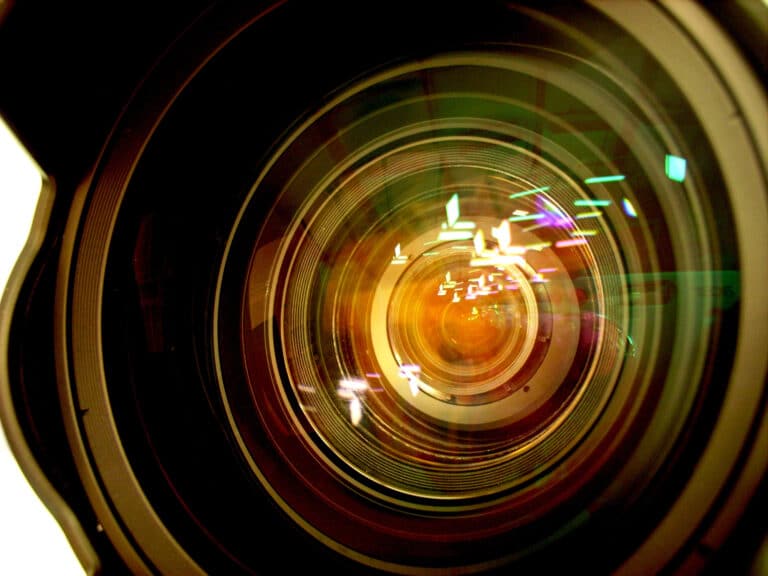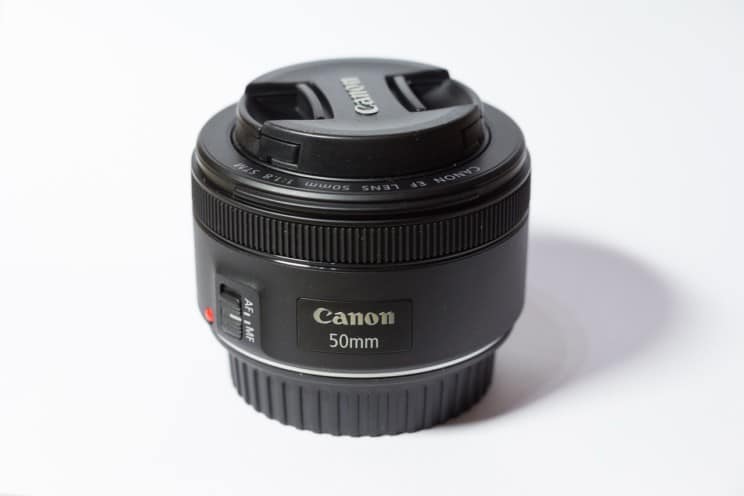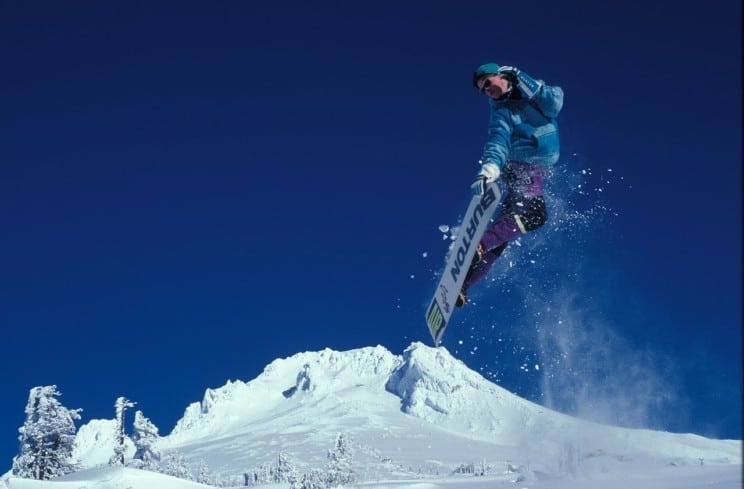What’s The Point of a 70-300 mm Lens & What’s It Used For?
Have you ever seen photographers using an extra-long lens? Maybe they were taking pictures of wildlife at a national park or another viewing area. Did you want to use one, too?
While there are larger lenses on the market, a 70-300 mm lens is generally a good segue into zoom photography.
What’s the Point of a 70-300 mm Lens and What’s It Used For?
A 70-300 mm lens is a medium telephoto lens often employed for taking photos of wildlife, sporting events, and astronomical subjects such as the moon, planets, and stars.

It is also recommended for travel photography, street photography, and other candid occasions. It provides magnification so you can see details in distant objects as if you took the photo up close.
A 70 to 300 mm lens is particularly flexible in its use, as the zoom is variable rather than fixed. The shorter focal length overlaps with that of many prime lenses, allowing you to switch between mid-range and distant subjects without changing lenses.
You may be able to leave the bulky camera bag and your extra lenses at home and rely on just one lightweight lens, making it a great option for travel.
Our 3 Favorite 70-300 mm Zoom Lenses

- Lightweight
- 15 elements in 10 groups
- Good Up-close shooting performance
- Moisture-Resistant

- Full-frame 70-300mm G Series
- 2x Extra-Low Dispersion (ED) glass elements reduces aberration
- Fast, smooth, quiet autofocus
- Class-leading close-up focusing capability
Understanding the Focal Length of a 70-300 mm Zoom Lens
The 70 to 300 mm length is not the length of the lens itself. Rather, it is the focal length. It is actually the distance between the camera’s sensor and the point at which the light rays converge inside the lens to form a sharp image.

This measurement further describes the magnification and view angle that a lens can provide. For example, if you are taking a photo of a bird in a tree, the bird will appear closer at a 300 mm focal length than at a 70 mm focal length.
The view angle will also be narrower at 300 mm – you’ll see less of the tree and surrounding objects than at 70 mm.
As already mentioned, the zoom of 70 to 300 mm offered on some telephoto lenses makes them flexible in use. Imagine you’re taking your camera for a day at the zoo.
You want to be able to photograph the animals even if they are lounging at the back of their enclosures. The longer focal length is perfect for this application – it will look like you were standing right in front of that yawning lion when you snapped the photo.

But you also want to take a group photo of your family while at the zoo. That’s when you’ll scale back to 70 mm. You may have to step back or set up your tripod a little farther away to get everyone in the shot.
You can compare this to your prime lens, the lens that came with your camera. At full zoom, most prime lenses max out at 85 mm.
Final Thoughts
The 70 to 300 mm zoom lens is a great option for travelers and most hobby photographers due to its versatility. The focal range of these lenses means that you can take a lot of different types of photos with a single lens, lessening the weight you carry and the impact on your wallet.
Seventy to three hundred millimeter lenses (70 to 300 mm) are also a good entry-level lens for experimenting with telephoto or wildlife photography, as they are much cheaper than telephoto “long lenses” with focal lengths of more than 300 mm.







